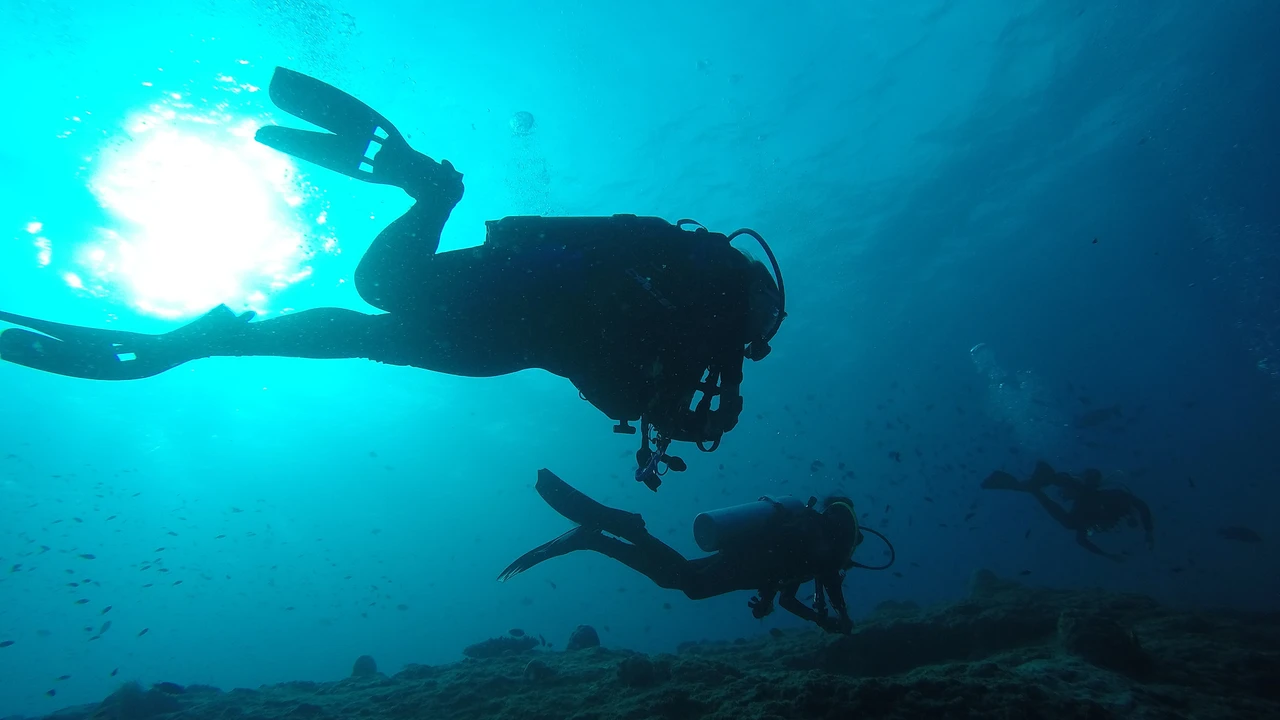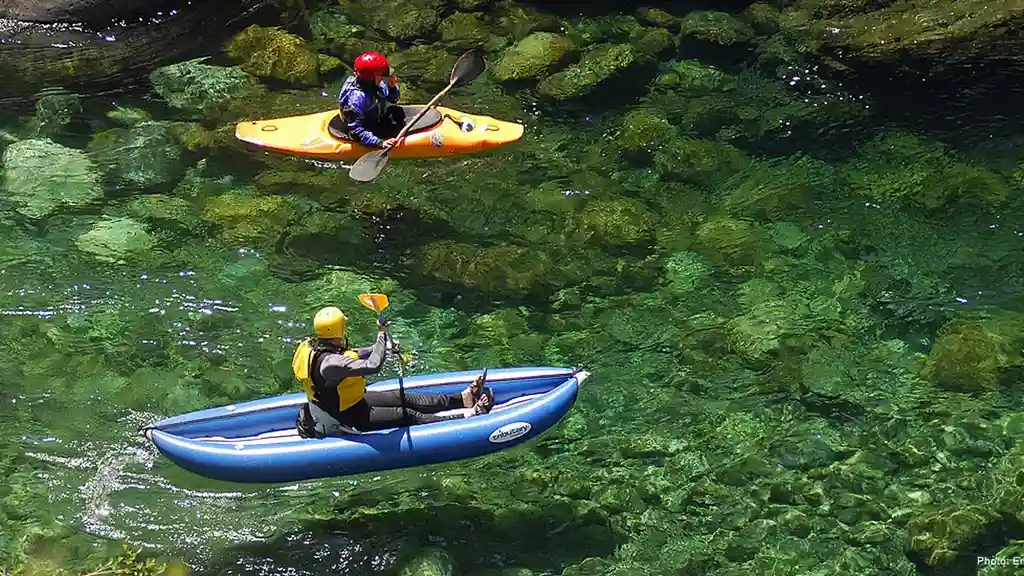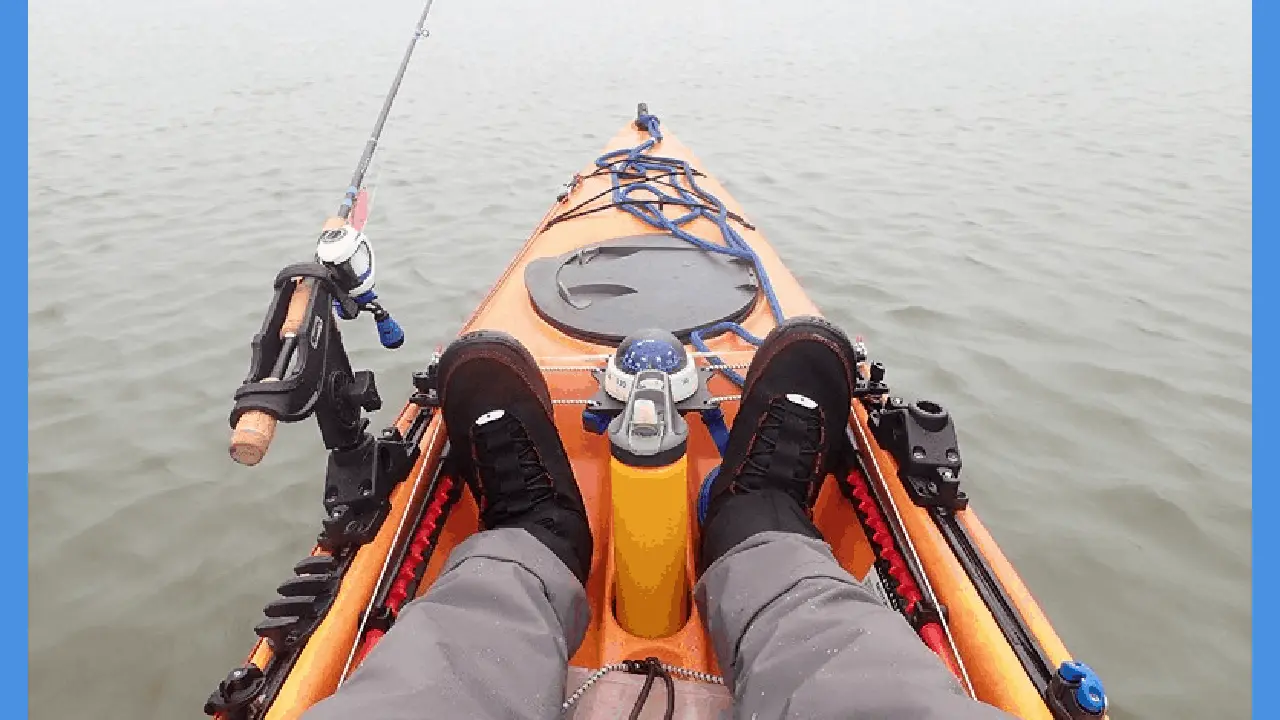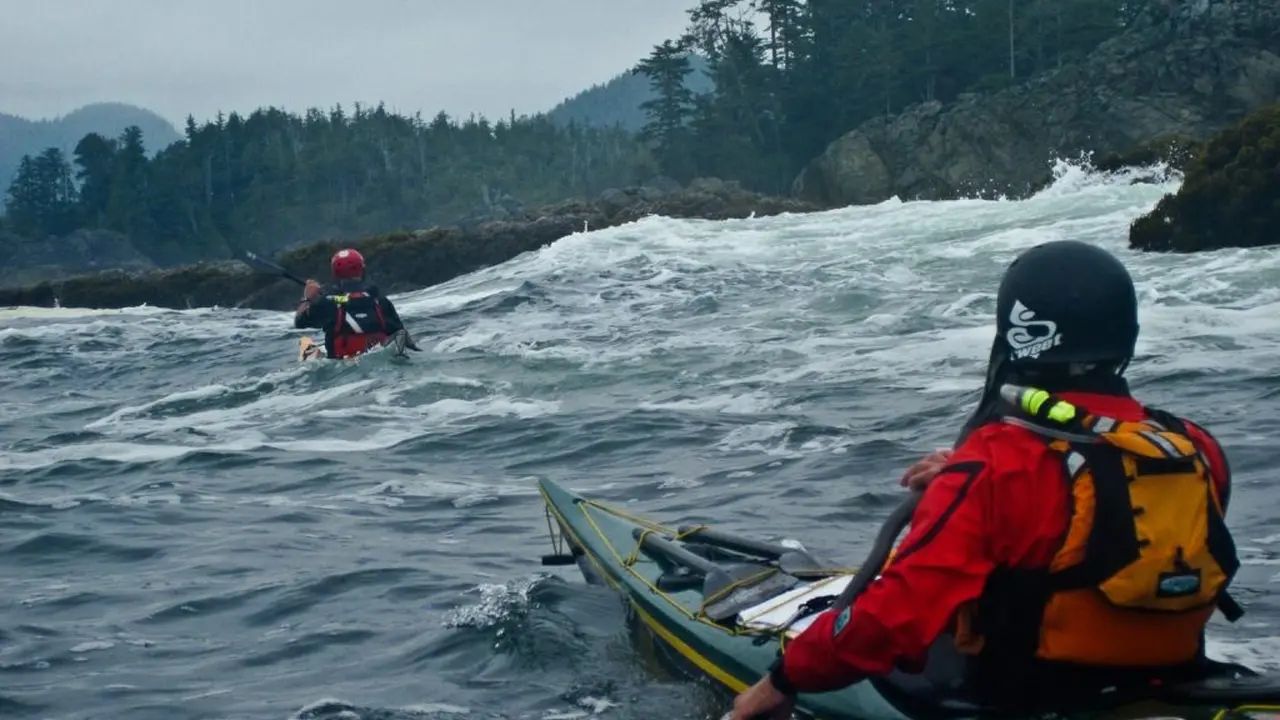Best Time to Scuba Dive on the West Coast

Discovering the Allure of West Coast Scuba Diving
So, you're thinking about scuba diving on the West Coast? Excellent choice! Forget the tropical clichés for a moment; the Pacific Ocean offers a unique and rewarding diving experience. Think kelp forests teeming with life, dramatic underwater landscapes, and encounters with fascinating marine creatures. But before you jump in, let's dive deep (pun intended!) into what makes West Coast diving so special.
The West Coast, stretching from California to Washington, boasts a diverse range of dive sites. From the warm waters of Southern California to the cooler currents of the Pacific Northwest, there's something for every skill level and interest. You'll find everything from shallow reefs perfect for beginners to challenging wreck dives for experienced divers.
One of the biggest draws of West Coast diving is the incredible biodiversity. Kelp forests, often called "underwater rainforests," are home to a staggering array of marine life. Sea otters, harbor seals, sea lions, and countless species of fish thrive in these vibrant ecosystems. You might even spot a migrating gray whale or a playful dolphin.
Planning Your West Coast Scuba Diving Adventure Essential Considerations
Alright, you're hooked. Now, let's talk about planning your West Coast scuba diving adventure. Here are a few essential considerations:
* **Water Temperature:** The Pacific Ocean is generally cooler than tropical waters. Water temperatures can range from the low 50s in the Pacific Northwest to the mid-60s in Southern California. A good wetsuit or drysuit is essential for comfortable diving. * **Visibility:** Visibility can vary greatly depending on the location, time of year, and weather conditions. Some areas, like Catalina Island, offer excellent visibility, while others may be more challenging. * **Currents:** Strong currents can be present in some areas, particularly around points and channels. It's important to be aware of the currents and dive within your limits. * **Experience Level:** Choose dive sites that are appropriate for your experience level. Beginners should start with shallow, sheltered sites, while experienced divers can explore more challenging locations. * **Dive Operator:** Select a reputable dive operator with experienced guides and well-maintained equipment. They can provide valuable information about the dive site, local conditions, and safety procedures.Essential Scuba Diving Gear for West Coast Waters A Comprehensive Guide
Having the right gear can make or break your West Coast diving experience. Here's a rundown of essential scuba diving gear, with specific recommendations for the colder Pacific waters:
* **Wetsuit or Drysuit:** As mentioned earlier, a good wetsuit or drysuit is crucial. For most of the West Coast, a 7mm wetsuit with a hooded vest or a drysuit is recommended. * **Regulator:** Choose a regulator that is designed for cold water diving. Look for features like environmentally sealed first stages to prevent freezing. * **BCD (Buoyancy Compensator Device):** A comfortable and reliable BCD is essential for controlling your buoyancy underwater. * **Mask, Fins, and Snorkel:** Select a mask that fits your face well and provides a good seal. Fins should be powerful enough to propel you through the water, especially in currents. * **Dive Computer:** A dive computer is an essential tool for monitoring your depth, bottom time, and decompression status. * **Dive Knife or Cutting Tool:** A dive knife or cutting tool is a must-have for safety. * **Dive Light:** A dive light is useful for exploring dark crevices and enhancing visibility in murky water. * **Hood and Gloves:** These are essential for keeping your head and hands warm in cold water. * **Boots:** Neoprene boots provide insulation and protection for your feet.Product Recommendations for West Coast Scuba Diving Gear
Let's get specific with some product recommendations. These are based on popularity, performance, and value for money:
* **Wetsuit:** *Bare 7mm Elastek Full Wetsuit.* This wetsuit is known for its flexibility, warmth, and durability. Price: $300 - $400. * **Drysuit:** *Whites Fusion Bullet Drysuit.* A durable and versatile drysuit suitable for a range of diving conditions. Price: $1500 - $2000. * **Regulator:** *Aqualung Legend LX Supreme Regulator.* A top-of-the-line regulator that is known for its reliability and performance in cold water. Price: $700 - $900. * **Dive Computer:** *Suunto EON Core.* A user-friendly and feature-rich dive computer with a large color display. Price: $500 - $600. * **Dive Light:** *Light & Motion Sola Dive 1200 S/F.* A powerful and compact dive light with a wide beam angle. Price: $300 - $400.Comparing Popular Scuba Diving Gear Brands for West Coast Diving
Choosing the right brand can also influence your diving experience. Here's a comparison of some popular scuba diving gear brands and their strengths:
* **Aqualung:** Known for their reliable and high-performance regulators, BCDs, and wetsuits. A solid choice for divers of all levels. * **Scubapro:** Another well-respected brand with a wide range of gear, including regulators, BCDs, wetsuits, and dive computers. * **Bare:** Specializes in wetsuits and drysuits, known for their quality construction and comfortable fit. * **Suunto:** A leading manufacturer of dive computers, known for their user-friendly interfaces and advanced features. * **Oceanic:** Offers a range of diving gear, including regulators, BCDs, and dive computers, at a more affordable price point.Understanding Scuba Diving Equipment Pricing and Budgeting
Scuba diving gear can be a significant investment. Here's a breakdown of typical pricing and how to budget for your gear:
* **Entry-Level Gear:** A basic set of gear, including a wetsuit, regulator, BCD, mask, fins, and snorkel, can cost around $1000 - $1500. * **Mid-Range Gear:** A mid-range set of gear, with higher-quality components and more features, can cost around $2000 - $3000. * **High-End Gear:** A high-end set of gear, with top-of-the-line components and advanced features, can cost around $4000 or more.When budgeting for your gear, consider the following:
* **Start with the Essentials:** Prioritize the essential gear, such as a wetsuit, regulator, BCD, and dive computer. * **Consider Used Gear:** Buying used gear can save you money, but be sure to inspect it carefully and have it serviced by a qualified technician. * **Rent Gear:** Renting gear is a good option if you're not sure if you'll be diving frequently or if you want to try out different types of gear. * **Shop Around:** Compare prices from different retailers and online stores to find the best deals.Prime West Coast Scuba Diving Locations Unveiling Hidden Gems
Okay, gear sorted. Let's talk locations. The West Coast is brimming with incredible dive sites. Here are a few highlights:
* **Catalina Island, California:** Famous for its clear water, kelp forests, and abundant marine life. Popular dive sites include Casino Point Dive Park and Avalon Underwater Park. * **Monterey Bay, California:** Home to the Monterey Bay Aquarium and some of the most diverse marine ecosystems in California. Popular dive sites include Breakwater Cove and Point Lobos State Natural Reserve. * **Channel Islands National Park, California:** A group of five islands off the coast of Southern California, offering pristine waters, kelp forests, and encounters with sea lions and harbor seals. * **Puget Sound, Washington:** Known for its cold water, strong currents, and unique marine life, including giant Pacific octopus and wolf eels. Popular dive sites include Edmonds Underwater Park and Alki Beach. * **Oregon Coast:** Offers dramatic underwater landscapes, including sea caves, rock formations, and kelp forests. Popular dive sites include Depoe Bay and Tillamook Bay.Scuba Diving Catalina Island A Detailed Exploration
Let's delve deeper into one of the most popular West Coast dive destinations: Catalina Island. Located just off the coast of Southern California, Catalina Island offers a variety of dive sites for all skill levels.
* **Casino Point Dive Park:** Also known as Avalon Underwater Park, this is a protected marine reserve that is perfect for beginners. The park features a kelp forest, artificial reefs, and an abundance of fish. * **Ship Rock:** A towering rock formation that offers challenging dives for experienced divers. The site is known for its strong currents and abundant marine life. * **Eagle Reef:** A vibrant reef that is home to a variety of fish, invertebrates, and nudibranchs. * **Farnsworth Banks:** A series of underwater pinnacles that are known for their clear water and abundant marine life.When diving Catalina Island, be sure to bring a wetsuit or drysuit, as the water can be chilly. Also, be aware of the currents and dive within your limits.
Exploring Kelp Forests on the West Coast A Unique Ecosystem
Kelp forests are a defining feature of West Coast diving. These underwater forests are home to a diverse array of marine life and offer a unique and rewarding diving experience.
* **What is Kelp?** Kelp is a type of large brown algae that grows in cool, shallow waters. It can grow to be hundreds of feet tall, forming dense forests that provide shelter and food for a variety of marine animals. * **Why are Kelp Forests Important?** Kelp forests are important ecosystems that support a wide range of marine life. They provide habitat for fish, invertebrates, marine mammals, and seabirds. They also help to protect coastlines from erosion and provide oxygen to the ocean. * **What Can You See in a Kelp Forest?** When diving in a kelp forest, you can expect to see a variety of marine life, including fish, invertebrates, sea otters, harbor seals, and sea lions. You might also spot a migrating gray whale or a playful dolphin.When diving in a kelp forest, be sure to be aware of your surroundings and avoid damaging the kelp. Also, be aware of the currents and dive within your limits.
Scuba Diving Safety Tips for West Coast Waters Prioritizing Your Well-being
Safety should always be your top priority when scuba diving. Here are some important safety tips for diving on the West Coast:
* **Get Certified:** Take a scuba diving certification course from a reputable organization. * **Dive Within Your Limits:** Choose dive sites that are appropriate for your experience level. * **Check Your Gear:** Inspect your gear before each dive to ensure that it is in good working order. * **Dive with a Buddy:** Never dive alone. * **Plan Your Dive:** Plan your dive carefully, including your entry and exit points, depth, and bottom time. * **Be Aware of the Currents:** Strong currents can be present in some areas. Be aware of the currents and dive within your limits. * **Monitor Your Air Supply:** Keep a close eye on your air supply and surface before you run out of air. * **Ascend Slowly:** Ascend slowly to avoid decompression sickness. * **Make Safety Stops:** Make safety stops at 15 feet for 3-5 minutes before surfacing. * **Stay Hydrated:** Drink plenty of water before and after diving.The Future of West Coast Scuba Diving Conservation Efforts
The West Coast is facing a number of environmental challenges, including climate change, pollution, and overfishing. These challenges threaten the health of the marine ecosystems that make West Coast diving so special. It's crucial to support conservation efforts.
Here are some things you can do to help protect West Coast marine ecosystems:
* **Support Marine Protected Areas:** Marine Protected Areas (MPAs) are areas that are protected from fishing and other human activities. MPAs help to protect marine life and allow ecosystems to recover. * **Reduce Your Carbon Footprint:** Climate change is a major threat to marine ecosystems. Reduce your carbon footprint by driving less, using public transportation, and conserving energy. * **Reduce Plastic Pollution:** Plastic pollution is a major problem in the ocean. Reduce your use of plastic and recycle whenever possible. * **Support Sustainable Seafood:** Choose seafood that is harvested sustainably to help protect fish populations. * **Educate Others:** Share your passion for the ocean with others and encourage them to take action to protect it.Advanced Scuba Diving Techniques for West Coast Explorations
Once you've got the basics down, you might want to explore some advanced scuba diving techniques to enhance your West Coast adventures.
* **Nitrox Diving:** Using enriched air nitrox can extend your bottom time and reduce fatigue. Be sure to get certified before diving with nitrox. * **Deep Diving:** Exploring deeper dive sites requires specialized training and equipment. Learn about the risks and precautions involved in deep diving. * **Wreck Diving:** Exploring shipwrecks can be fascinating, but it also requires specialized skills and knowledge. Take a wreck diving course to learn how to safely navigate and explore wrecks. * **Underwater Photography:** Capturing the beauty of the underwater world is a rewarding experience. Learn the basics of underwater photography to take stunning photos and videos.Scuba Diving West Coast Frequently Asked Questions
Still have questions? Let's tackle some frequently asked questions about scuba diving on the West Coast.
* **What is the best time of year to scuba dive on the West Coast?** The best time to dive depends on the location and your tolerance for cold water. Generally, the summer and fall offer the warmest water temperatures and best visibility. * **What is the water temperature like on the West Coast?** Water temperatures can range from the low 50s in the Pacific Northwest to the mid-60s in Southern California. * **What kind of wetsuit or drysuit do I need?** For most of the West Coast, a 7mm wetsuit with a hooded vest or a drysuit is recommended. * **What kind of marine life can I see on the West Coast?** You can see a variety of marine life, including fish, invertebrates, sea otters, harbor seals, sea lions, and migrating gray whales. * **Is scuba diving on the West Coast safe?** Scuba diving is generally safe, but it's important to get certified, dive within your limits, and follow safety procedures.So there you have it, a comprehensive guide to scuba diving on the West Coast. From planning your trip to choosing the right gear and exploring the best dive sites, you're now equipped to embark on your own underwater adventure. Remember to respect the marine environment and dive safely. Happy diving!
:max_bytes(150000):strip_icc()/277019-baked-pork-chops-with-cream-of-mushroom-soup-DDMFS-beauty-4x3-BG-7505-5762b731cf30447d9cbbbbbf387beafa.jpg)






